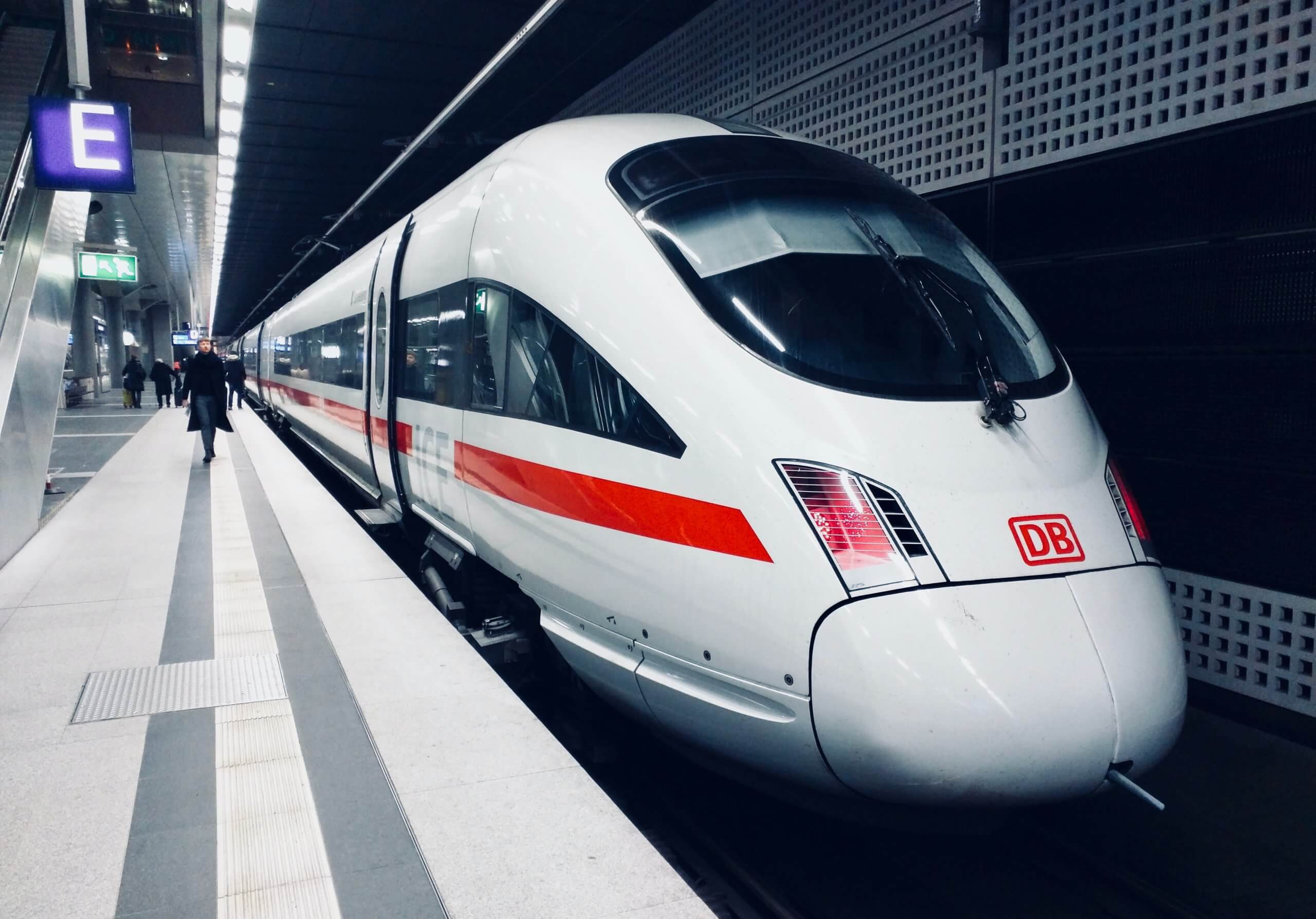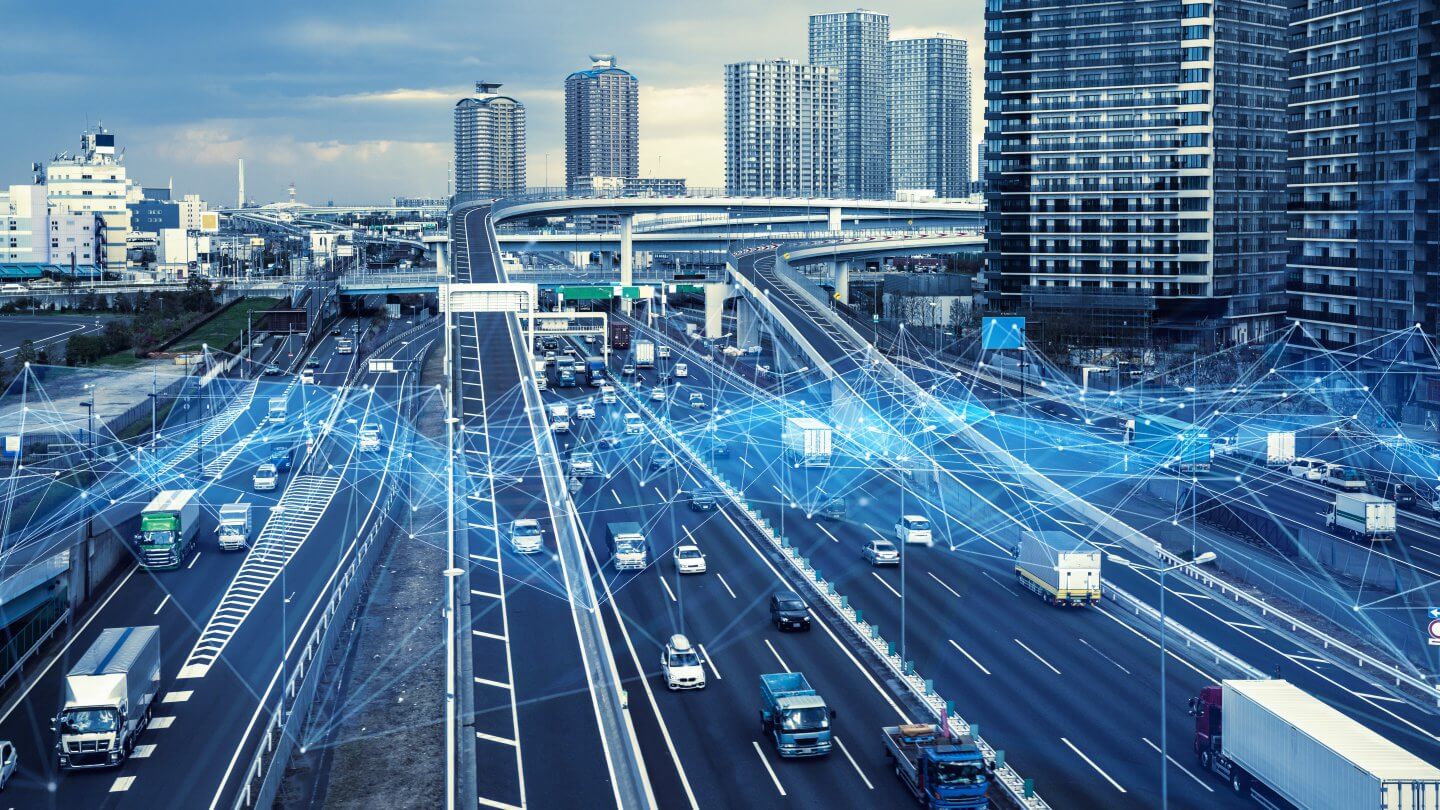Transportation takes a leading edge with smart technology
The world is becoming increasingly urban. By 2050, 7.5 billion people will be city dwellers1. This means that cities around the world are experiencing unprecedented population growth: Tokyo is now home to over 372 million people, and Mumbai’s population is to rise to 42 million by 20503.
This is driving the need for smart solutions to meet urban challenges. This year, 2020, there will be $124bn invested in smart cities globally4. Many of the challenges being met by urban administrators are inextricably linked with those facing the transportation industry. Boston Consulting Group says that by the end of 2020, we will see a three-fold increase in global IoT transport and logistics spend to $30bn5.
The driving force behind the growth of smart solutions is to create environments that improve citizen experience, lower the cost of delivering services, and embrace sustainability. With the increasing digitization of transportation, emerging technologies are proving to be critical in advancing smart solutions: Edge computing, Computer Vision and 5G are among those delivering immediate impact:
- Edge computing enables the efficient data management, deep learning and real-time analytics demanded by smart transportation
- Computer Vision helps solve challenges such as road and rail monitoring and traffic load optimization
- 5G provides new levels of visibility and control, enabling real-time vehicle tracking and mini-cloud connected vehicle convoys
In order to harness the full potential of new smart technologies – and the ever-increasing amounts of data – transportation industries must embrace edge computing.
Today, 90% of all data is created and processed inside traditional centralized data centers or clouds. That is beginning to change. According to Gartner6, by 2025, 75% of data is going to be processed at the Edge.
All keys areas of transport are now leveraging the power of data and unlocking the potential of smart technologies through Edge computing. Combining Edge and IoT means the transportation industry is able to drive efficiency, reduce costs, improve safety, enhance security, and make faster decisions.
Let’s look at some of the main forms of transportation to see how this is being done.
Urban mass transportation embraces edge computing
Urban mass transit systems have exploded in number and scope in recent decades as the world’s population has urbanized. Globally, there were 53bn mass transit passengers in 2017 – an increase of 17% over a five-year period7 – and numbers are still rising. For example, London rail trips are expected to increase by 80% by 20508.

Bus, tram, and metro train operators around the world are now investing in Edge technology, so they can make smart decisions in real-time. Connected public transportation systems are able to decrease passenger waiting time by 30%9. Public bus operators are able to improve service levels and passenger experience through fleet tracking, smart fare collection, and live video monitoring.
Smart tech shaves time off road travel
The number of cars on the road is set to reach the 2 billion mark by 204010, so countries around the world are investing in smart technologies to manage the increased traffic flows. This includes AI-enabled traffic and weather detection, sensor-empowered interactive road lights, and smart pavements that can monitor changing road conditions.
Smart technologies can help shave 30 minutes off the average daily commute9. Other benefits include: 10-15% improvement in emergency service arrival time, and smart refuse collection, which is expected to grow by 23% between 2017-20229.
Connected air travel boosts customer experience
As airports and aircraft become digitally connected through Edge IoT technology, many potential opportunities to improve air travel become an everyday reality. By harnessing Edge technology, 5G, and computer vision, many airlines are now able to drive significant operational efficiency. There are many use cases here, including: visual inspection-based pre-emptive maintenance that reduces downtime and delays, smarter scheduling and runway utilization, and cost-savings through smarter fuel usage.
Safety and security can be significantly enhanced through Edge computing. Combining computer vision, computer audition, and analytics at the Edge can facilitate less disruptive and more rigorous safety and security. For example, facial recognition can be employed at smart gates to help tackle crime, and smart technology can be used to improve health screenings at airports.
And there is huge potential for improving customer experience. By using Edge computing and smart technologies, the whole passenger journey can be connected and made smoother; from parking and arrival at the airport, through check-in, boarding, and inflight entertainment to arrival and baggage claim.
Keeping rail efficiency targets on track
Rail is among the most energy-efficient modes of transport. While the rail sector carries 8% of the world’s passengers, it represents only 2% of total transport energy demand11. And with smart technology, greater efficiencies can be achieved as passenger volumes increase.
One of the biggest efficiencies that can be realized by operators is through rail automation. This is rapidly advancing – 23% of cities with a metro network now have at least one fully automated line12.
Security is a primary concern for all rail companies, and a growing number of operators are now embracing Edge computing-enabled smart technology to improve preventative measures. In London, Transport for London (TfL) operates over 12,000 cameras on platforms and trains to help tackle crime13. Real-time monitoring can also help prevent train and track failures, provide accurate real-time data and analytics, and facilitate pre-emptive maintenance.
Powering shipping’s digital transformation
As the pace of digitalization of the shipping industry increases, it is adopting technologies such as Edge computing and AI to drive efficiencies and safety. Governments across the world are supporting the deployment of innovative technologies and have launched initiatives to promote cross-border collaboration.
Shipping companies are seeing significant efficiencies from the use of remote diagnostics, pre-emptive maintenance and from maximizing uptime. Shipping security is being taken to a new level with the introduction of Edge-to-Cloud technology, data and network protection, and advanced threat analytics. And safety is being improved with the introduction of human augmentation and semi-autonomous vessels.
Dell Technologies is a global leader in Edge IoT technology and is playing a central role in driving digital transformation in all key areas of transportation. It is working with transportation organizations across the globe to leverage the potential of Edge computing by focusing the power of technology close to the data source. To learn more, please visit: DellTechnologies.com/Edge
Processing data at the Edge creates true business opportunity. Analytics, streaming video, cloud services, and next-generation applications such as computer vision are driving the need to bring computing power and storage closer to end-users.
For transportation organizations, Edge computing is the next big shift in the architecture of distributed computing networks, representing a massive wave of opportunities in efficiency, safety, security, performance, and customer experience.









